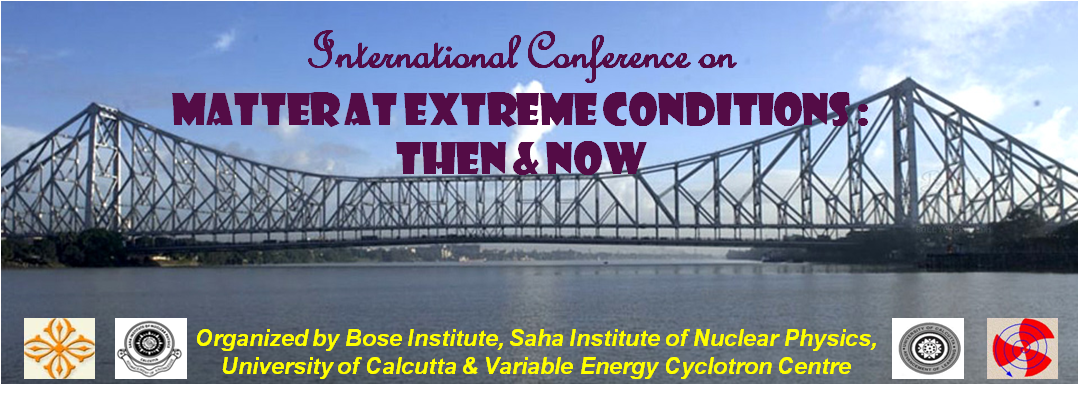Speaker
Dr
Sankhasubhra Nag
(Sarojini Naidu College for Women, Kolkata)
Description
Analytical treatment of black hole accretion generally presumes the stability of the stationary situation. Various authors in past decade actually demonstrated the validity of such an assumption at least for inviscid hydrodynamic flow. Though inviscid condition is an reasonable approximation for low angular momentum advection dominated flow in the case of certain AGN, consideration of a weak viscosity, may show more accurate results. But recently, some of the authors demonstrated that an introduction of slightest amount of viscosity in quasi-viscous form makes a stationary accretion disc (in vertical equilibrium model) unstable. We made the same sort of analysis in other disc models for quasi-viscous models under post-Newtonian scheme. We introduced perturbation on the stationary flow solution both in standing wave and travelling wave form and studied their time evolution to observe whether they grow with time. Our analysis shows that same sort of secular instability exists in other disc models too. We tried to estimate the time scale of the growth of the initial perturbation and length scale where it predominates. We further argued that with sufficiently low value of viscosity in the realistic Astrophysical perspective the instability does not effectively jeopardize the stationary condition.
Summary
Quasi-viscous accretion flow in different disc geometries has been studied. Using pseudo-potential formalism, it is found that there exists a secular instability of the stationary flow solution for a weak viscosity however small. The effective length and time scale for real Astrophysical situation has been estimated.
Author
Dr
Sankhasubhra Nag
(Sarojini Naidu College for Women, Kolkata)
